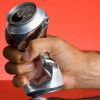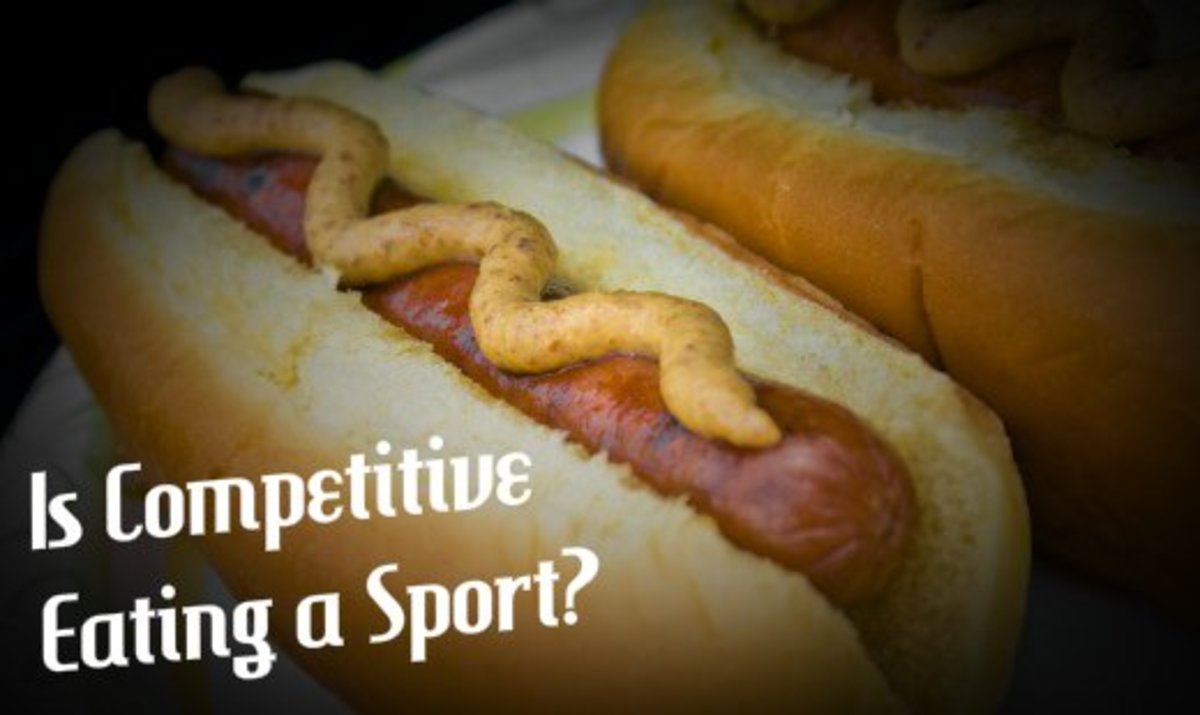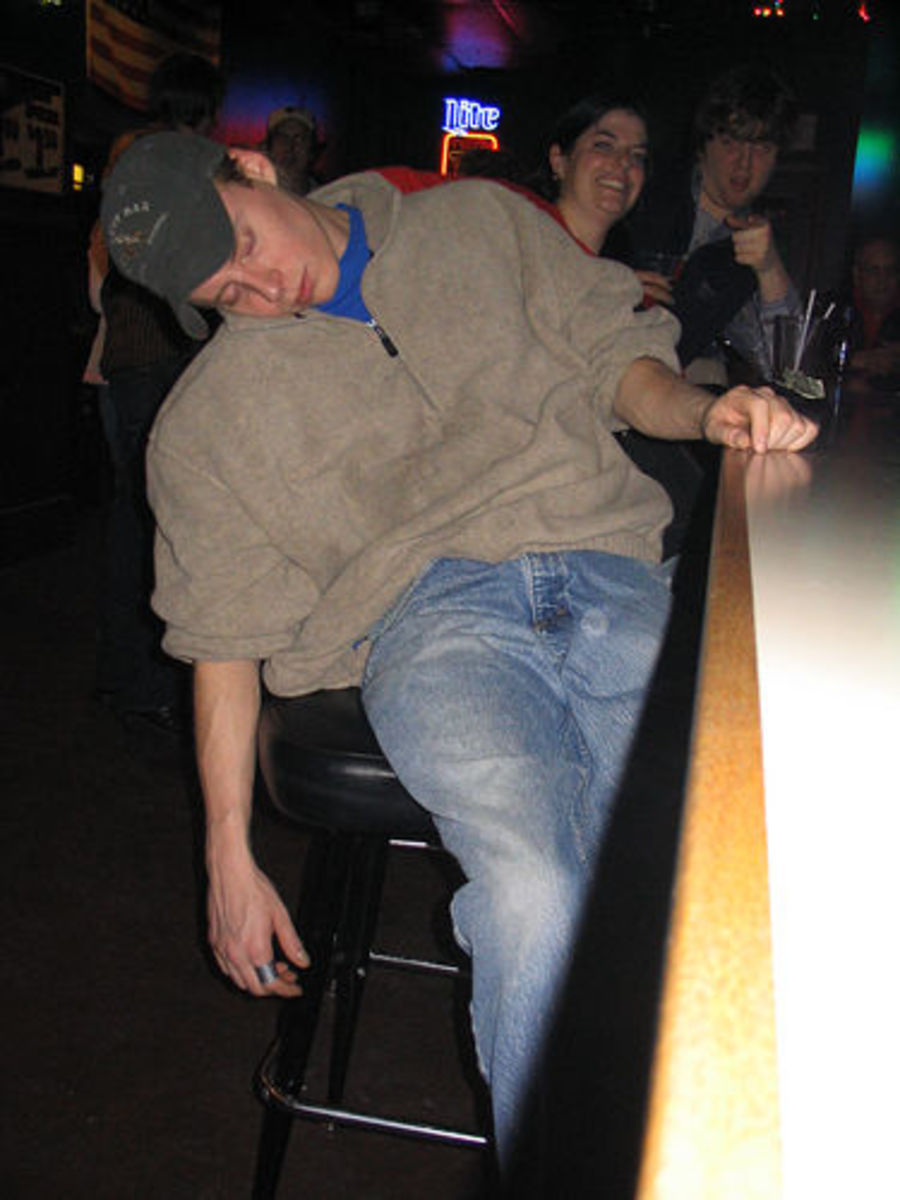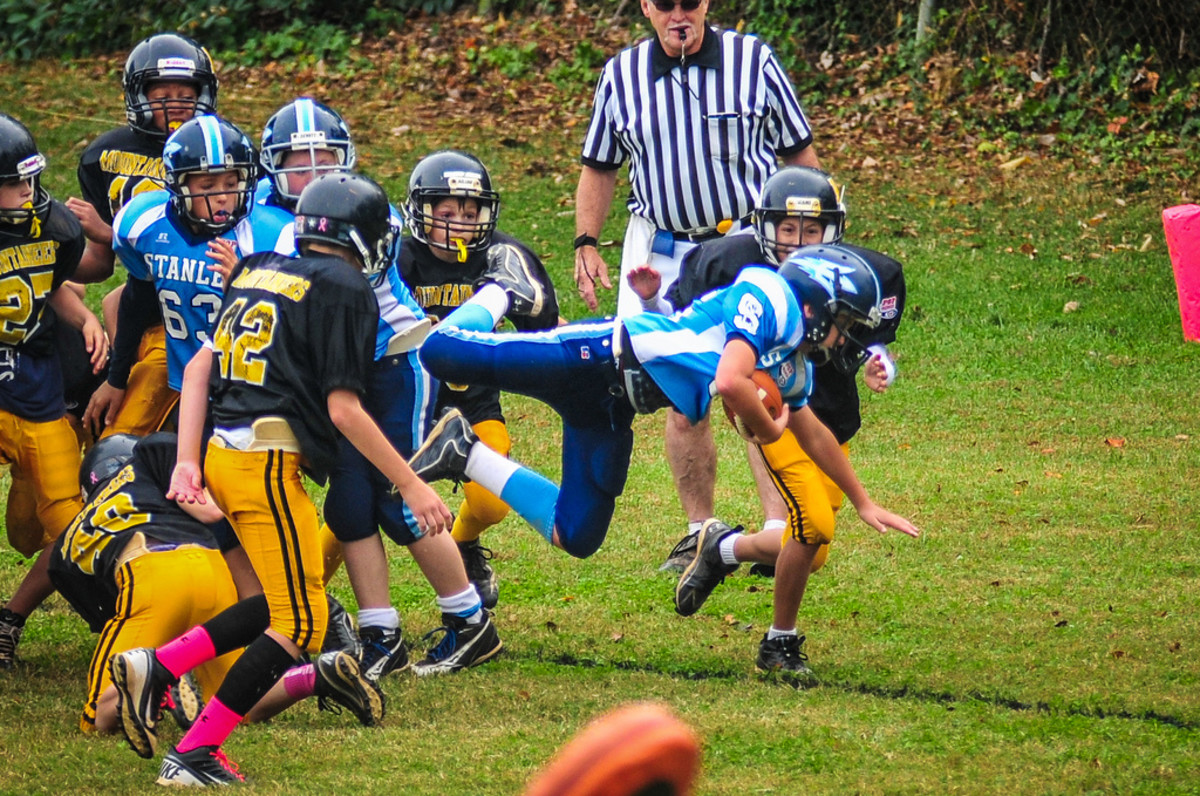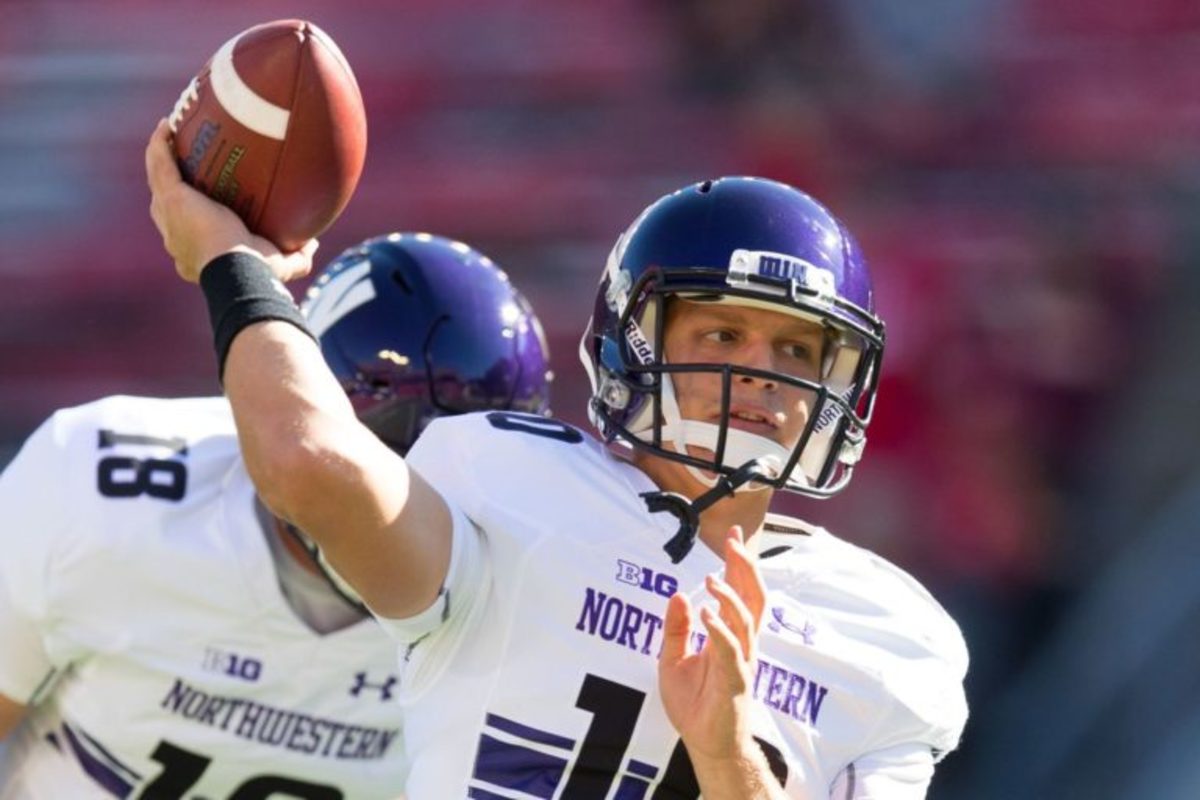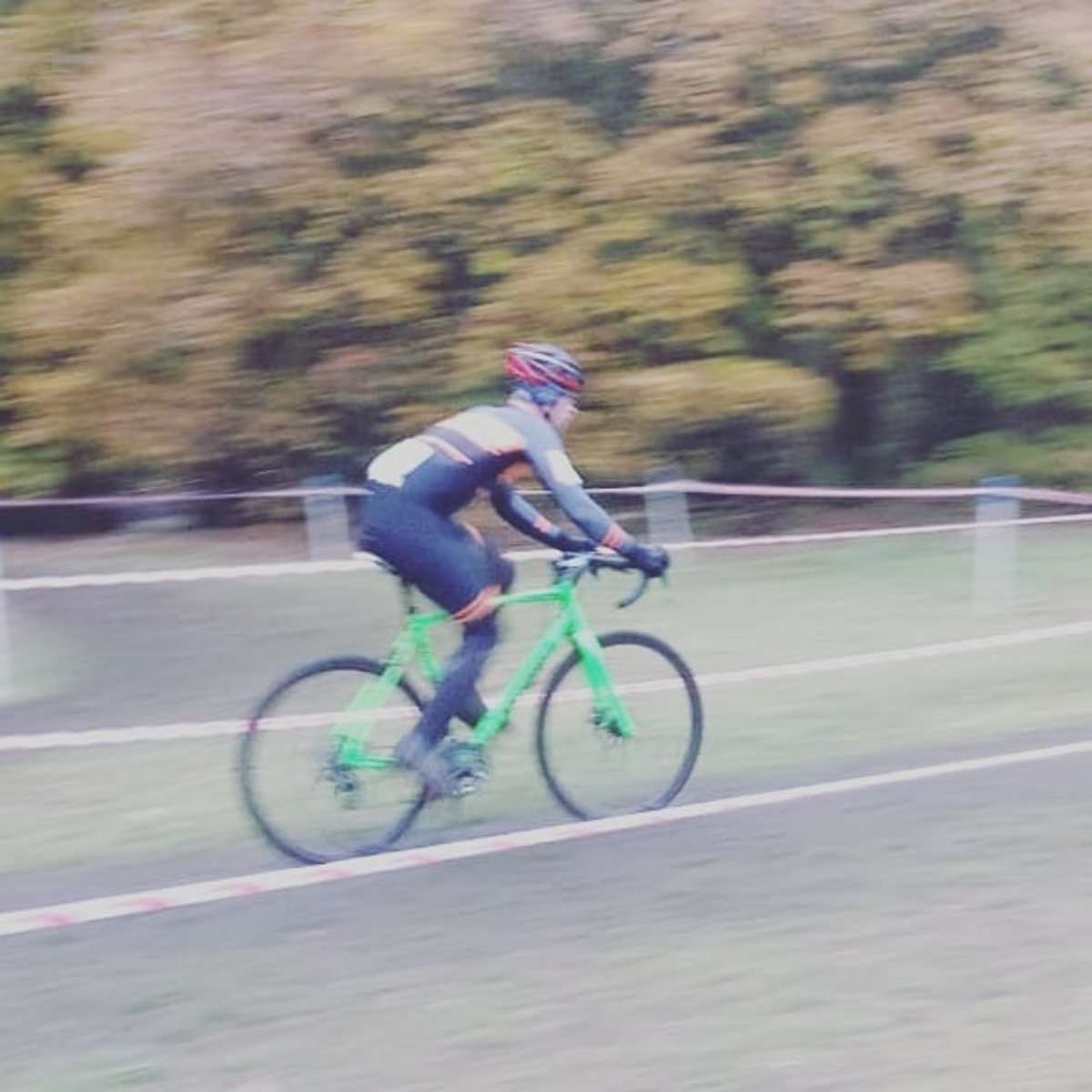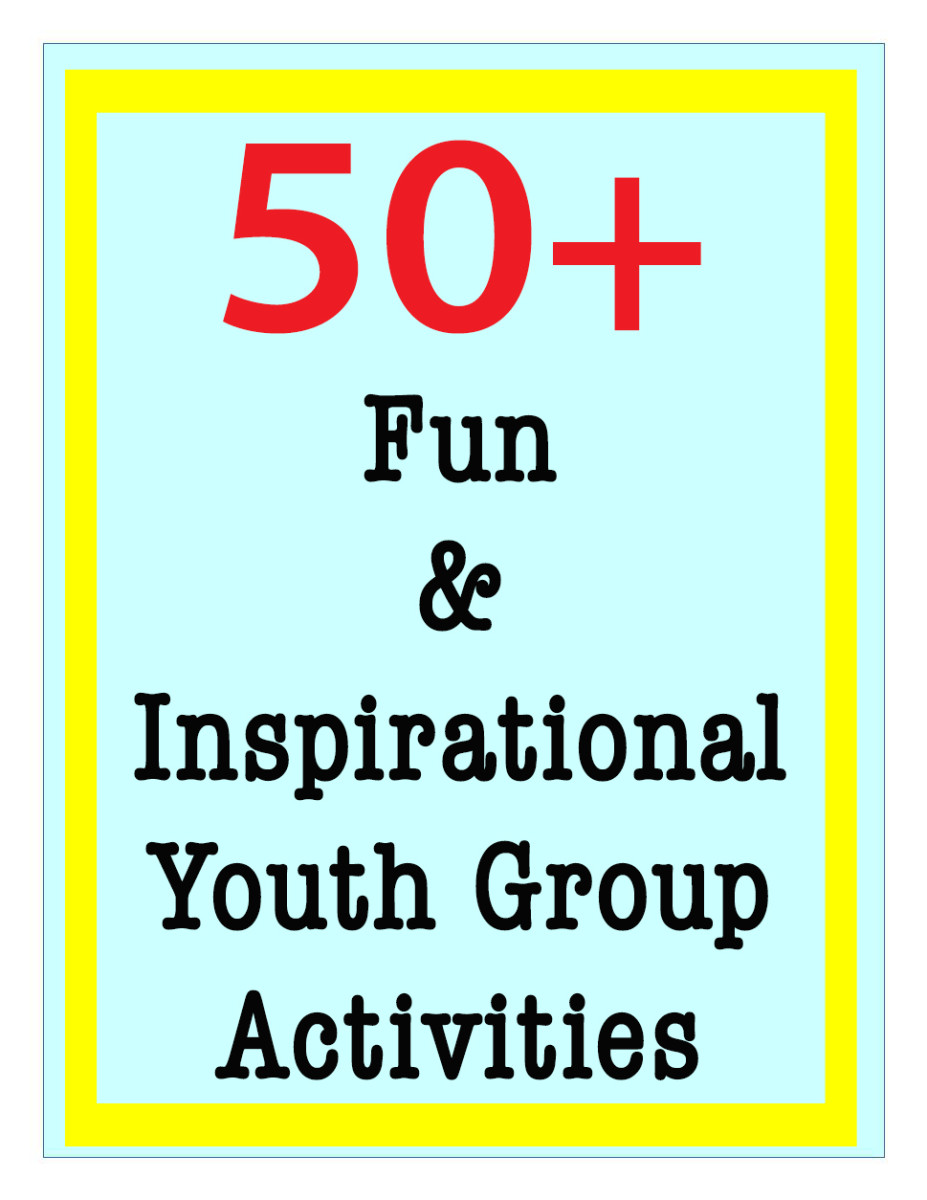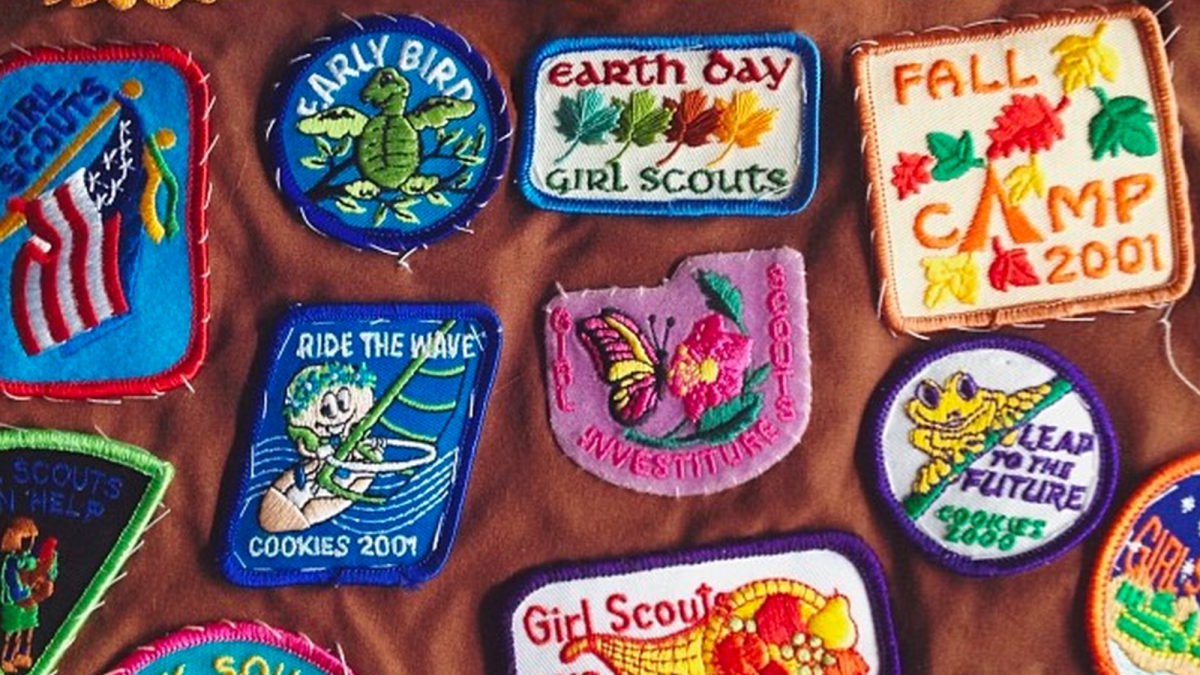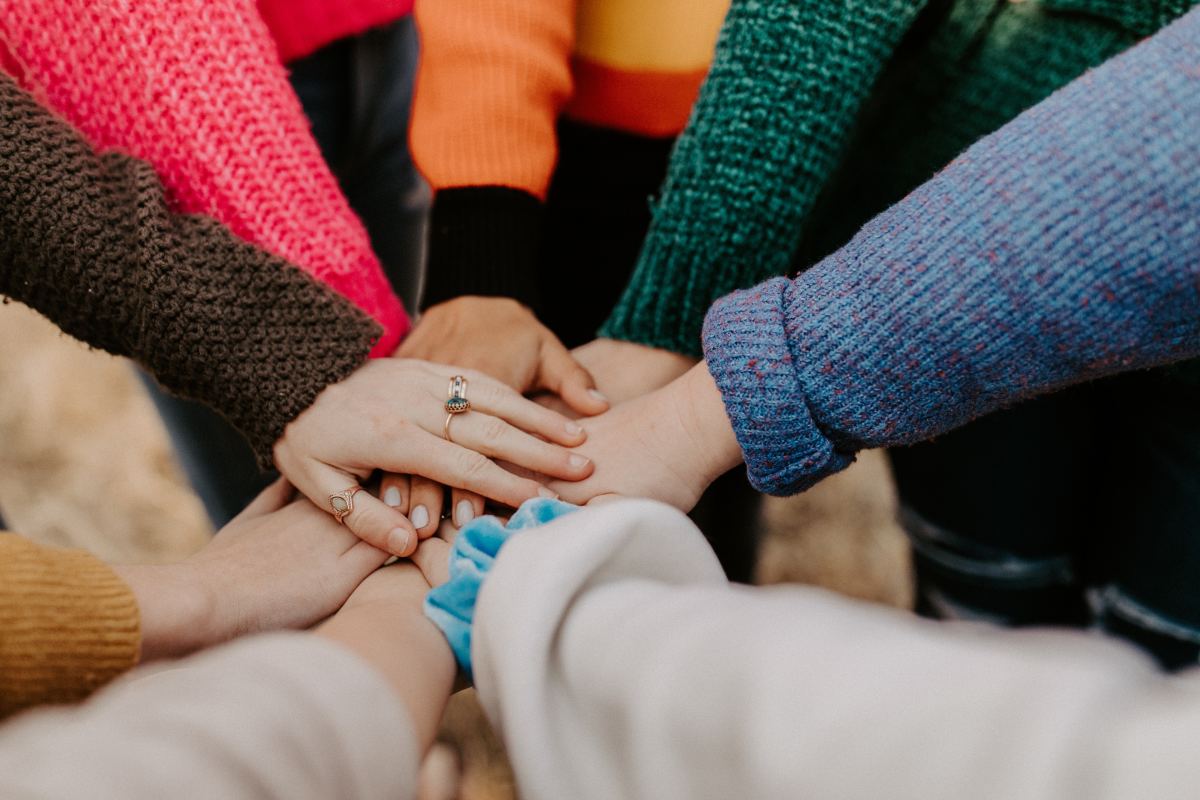Blackouts in Youth Sports - New Protocols to Keep Athletes Safe

Blackouts in Youth Sports - New Protocols to Keep Athletes Safe
Interest in sports is a significant piece of physical, mental, and social improvement for our childhood. While it is intended to advance wellbeing, sports convey an innate danger of injury.
Proof is developing that the short and long haul wellbeing dangers related with mind injury in sports are more genuine than recently known. While blackouts have been the essential focal point of the clinical network, the media, and the games world, it shows up they are just piece of the issue. A developing number of studies show the danger of present moment and long haul cerebrum harm, and neurodegenerative illness might be all the more firmly identified with a competitor's total mind injury over their lifetime.
This cerebrum injury incorporates the two blackouts and subconcussive effects, which are fast developments of the head that don't bring about any blackout side effects.
Studies are presently finding that a few competitors who have gotten subconcussive effects, yet have never indicated any blackout side effects, despite everything have anomalous discoveries on specific trial of mind structure and capacity. It isn't yet clear if these outcomes were brought about by such a large number of effects in a day, a season, a year, and even a lifetime, yet one thing is clear: hits to the head are hazardous and all the more should be done to ensure competitors.
WHO'S AT RISK FOR CONCUSSIONS? Blackouts are an issue at all levels in numerous games. Measurements from the Centers for Disease Control and Prevention show that among secondary school competitors, young men's ice hockey represents the second most elevated pace of blackouts, after just football. The commonness of blackouts in youth hockey is shockingly like blackout assesses in the NHL (23 for each 1000 player-game hours).
One calculate found a tape investigation of little players is that on-ice skating qualities clarified why certain players continue blackouts. These players would in general skate with their heads down viewing the puck, situating themselves in the "risk zone," which is between 8-16 feet from the sheets, and they didn't ideally situate their body to get a check. In this way, when checked, these players were all the more regularly flung into the sheets; and impacts time and again happened when their heads were down. Numerous mentors are working by and by to diminish this style of play; hardware makers are discovering approaches to build security and arenas are introducing wellbeing highlights in the ice; however this kind of injury happens to even the best and most experienced players.
The blackout issue goes as far as possible up the National Hockey League. The NHL is confronting different claims from previous players charging that it inappropriately took care of blackouts and other cerebrum wounds and didn't do what's necessary to shield them from the drawn out threats of blackouts. The suits are like the class activity grumbling against the NFL, which reached a significant settlement. This fair demonstrates preparing and training should be actualized at each degree of hockey.
WHAT CAN YOU DO? Teach yourself on the signs and manifestations of blackouts and be certain your mentors and coaches have the equivalent, and they have conventions set up if a physical issue of this sort happens.
WHAT ARE THE SIGNS/SYMPTOMS OF A CONCUSSION OBSERVED BY COACHING STAFF:
- Loses cognizance (even quickly)
- Appears shocked or dazed or moves insecure
- Is befuddled about task or position
- Forgets guidelines
- Is uncertain of game, score, rival
- Shows mind-set, conduct or character changes
- Can't review occasions
- Answers questions gradually
WHAT ARE THE SIGNS/SYMPTOMS OF A CONCUSSION REPORTED BY ATHLETE?
- Headache or weight in the head
- Nausea or retching
- Balance issues or unsteadiness
- Double or foggy vision
- Sensitivity to light or clamor
- Confusion
WHAT TO DO IF THERE ARE SIGNS OF CONCUSSION?
- Remove competitor from play.
- Ensure competitor is assessed by a fitting human services proficient. Try not to attempt to pass judgment on the earnestness of the injury yourself.
- Inform competitor's folks or watchmen about the known or conceivable blackout.
- Allow the competitor to come back to play just with authorization from a human services proficient.
WHEN IS IT SAFE TO RETURN TO PLAY? All competitors who support a blackout, regardless of how minor, ought to experience an assessment by a certified medicinal services supplier like Michigan Sports and Center before coming back to play. In certain occurrences, leeway from your essential consideration specialist may not be sufficient. There are numerous elements that decide when a competitor is sheltered to come back to play. We have quite certain conventions that measure a competitor's reactions at various degrees of rest and movement; and at times other treatment might be required. Not until they are totally liberated from all side effects and remai
© 2020 natalia
